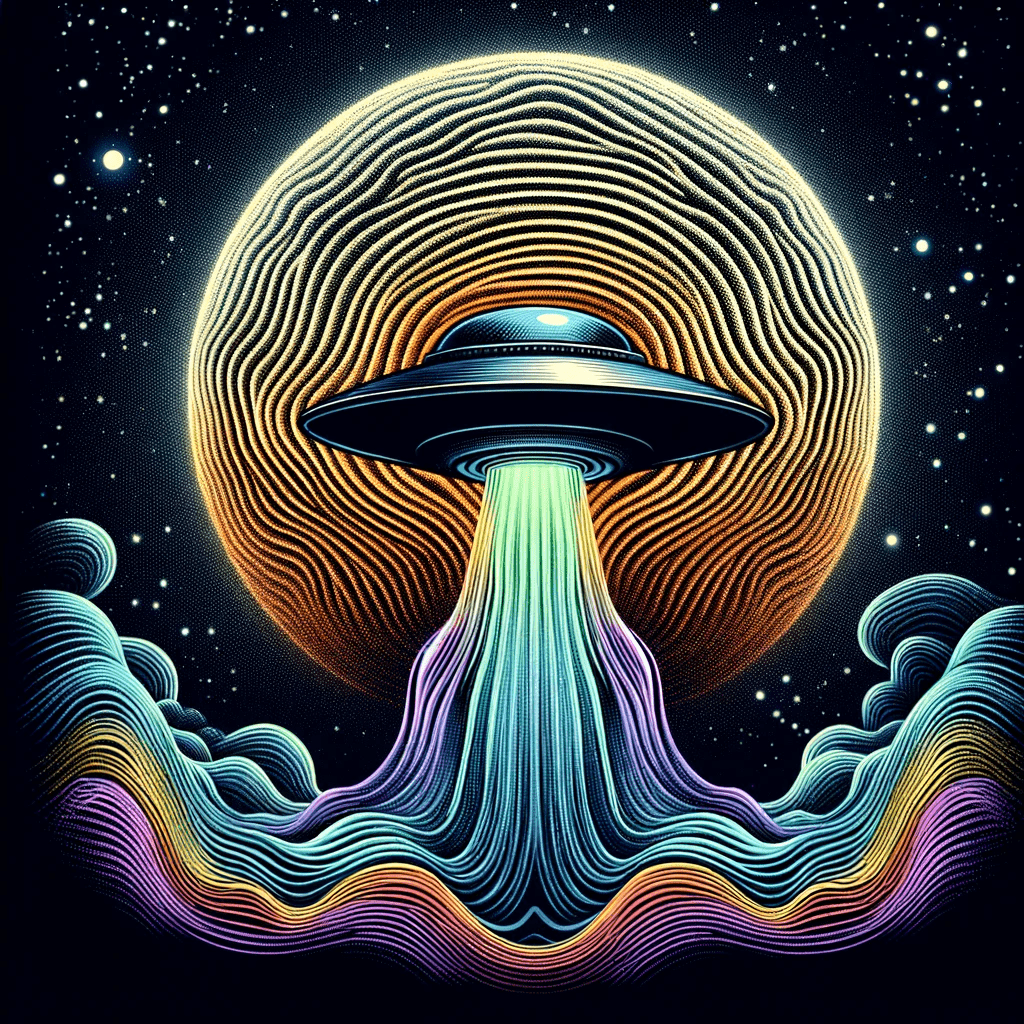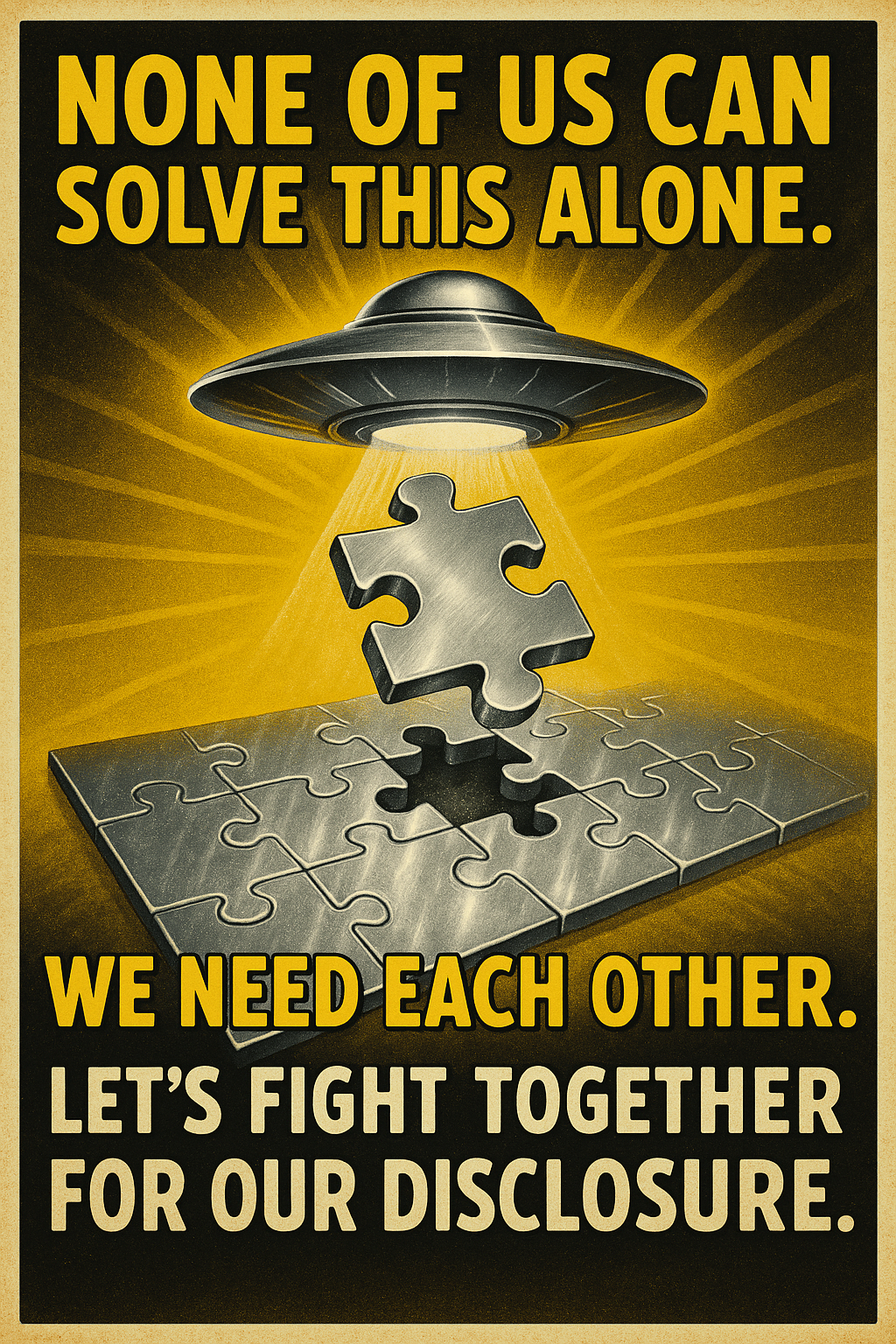Strange Odor and UFO

Unidentified flying objects (UFOs) have long sparked curiosity and debate. Beyond lights and maneuvers, some encounters involve unusual smells. Witnesses have reported odors like rotten eggs, burnt metal, sulfur, and electrical fire, lingering after the objects vanished.
Reports of strange smells are rare but typically arise during close encounters, often involving scorched earth, electromagnetic disturbances, or physiological effects like nausea, burns, or hair loss. These odors are linked to ionized air or scorched materials.
When lightning strikes, it splits oxygen molecules, forming ozone (O3), which has a sharp, electric smell noticeable after storms. This charged scent sometimes accompanies UFO sightings, suggesting plasma fields or intense energy.
Our noses evolved to detect danger long before we understood what we were smelling. Burning odors, sulfur, and chemical smells trigger primal alarms because they often signal fire, decay, or toxins. Unlike sight or sound, smell connects directly to the brain’s emotional centers, bypassing heavy interpretation. In close encounters, witnesses might not be hallucinating—their senses could be picking up genuine environmental changes at a raw, instinctive level.
Theories about these smells include propulsion effects, environmental factors like electrical fires, or psychological stress responses. Some researchers even speculate that the smells could result from unknown forms of radiation or plasma interactions with the atmosphere.
Several notable cases involve reported odors. In 1952 during the Flatwoods Monster Incident, witnesses encountered a towering figure and a sickening metallic odor. In 1967 at Falcon Lake, Stefan Michalak was blasted by hot gas and returned home reeking of burnt motor oil and sulfur. During the Shag Harbour Crash of 1967, searchers found yellow foam and a burnt sulfur smell. In the Dechmont Woods Encounter of 1979, Robert Taylor smelled an acrid burning scent after being attacked by small spheres.
In the Knowles Family Incident of 1988, their car was lifted by a glowing object, filling with a dead bodies or burnt rubber smell. The Varginha Encounter of 1996 involved witnesses reporting a sulfurous, ammonia-like stench after a UFO crash. In the Cash-Landrum Incident of 1980, witnesses experienced intense heat and reported a burning chemical or oil smell. During the Rendlesham Forest Incident in 1980, some witnesses reported an electrical or ozone-like odor.
Pilot Frederick Valentich reported a strange burning or electrical smell before disappearing in 1978. In the Delphos, Kansas Landing Case of 1971, a teen reported a burning sulfur or ozone smell lingering in a glowing soil ring. In the Tehran UFO Incident of 1976, ground witnesses described a faint burning or metallic odor. Other cases include Valensole, France in 1965 with an ammonia smell, Cicilio Pereira in Brazil in 1976 with a sulfur smell, and Blenheim, New Zealand in 1959 with a hot pepper and ozone smell.
Additional encounters also point to strange odors. In the Pascagoula Abduction of 1973, Calvin Parker and Charles Hickson described a chemical smell during their encounter. In the Colares incidents of 1977 in Brazil, multiple witnesses reported a sulfur or burnt smell after attacks by flying lights. The Voronezh, Russia case of 1989 also included descriptions of a sickening smell after a craft landed in a park.
Historically, foul odors associated with mysterious phenomena are not new. Ancient and esoteric texts often describe the presence of sulfurous or “brimstone” smells accompanying divine visions, demonic encounters, or supernatural manifestations. In mystical literature, the stench of sulfur was often considered a marker of non-human entities, sometimes interpreted as signs from another realm, whether celestial or infernal.
The consistent appearance of strange odors across times and cultures suggests they might not be imagined. They could be byproducts of unknown propulsion systems, environmental disturbances, atmospheric reactions, or perhaps signals of something beyond our current scientific understanding. Maybe the nose knows more than we think. When it comes to UFO encounters, a foul smell might just be the first clue that something extraordinary has brushed our world.


